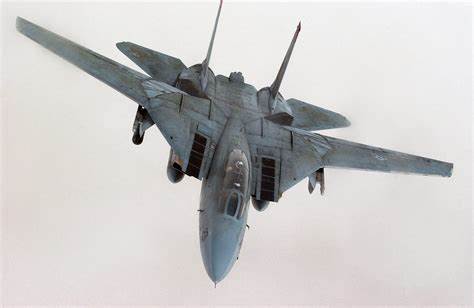
Throughout its thirty-year tenure in the United States Navy, the F-14 Tomcat not only fulfilled its intended purpose but also excelled, proving its mettle in combat engagements and even gracing the silver screen in the iconic film Top Gun.

As defense strategies evolve in the face of modern threats, notably the A2/AD (anti-access/area denial) capabilities, the U.S. Navy’s decision to retire the F-14 has come under scrutiny.
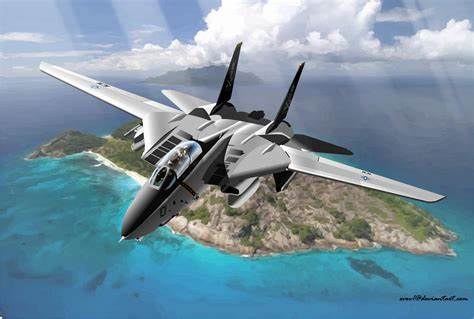
Discussions among military analysts suggest that an upgraded “Super Tomcat” could have provided a significant advantage in today’s contested environments.
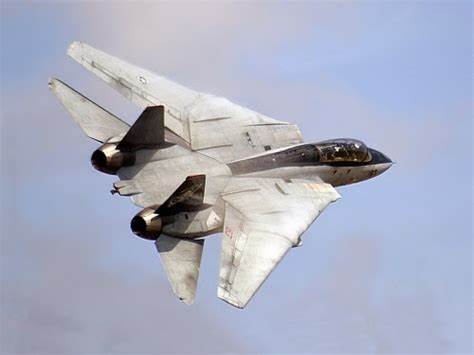
The F-14 first roared into the skies in 1970, a twin-engine, variable-sweep wing, two-seat fighter, adept at engaging enemy aircraft under all conditions.
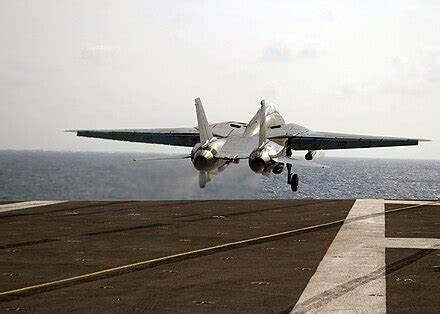
With a top speed clocked at over 1,500 miles per hour and the ability to engage targets from over 90 miles away.
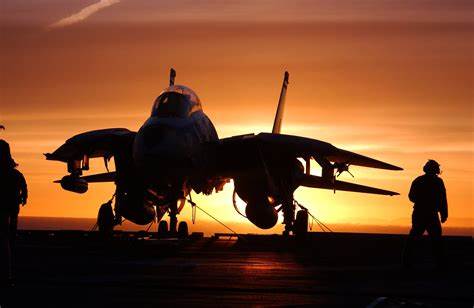
Its retirement in 2006, and the missed opportunity of the proposed Super Tomcat 21—an even more advanced upgrade that never took flight—points to a possible capability gap for the U.S. Navy’s carriers in contemporary A2/AD environments.
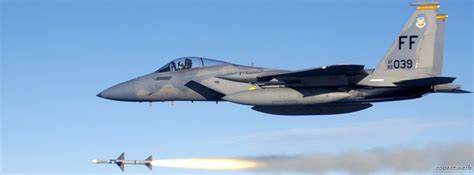
A stark example of this gap can be understood through the lens of range. As Dr. Jerry Hendrix noted in a 2015 report for the Center for a New American Security, when the Navy retired the F-14 in favor of the F/A-18 Hornet, it effectively reduced its operational range from 800 nautical miles in 1996 to just 500 nautical miles by 2006.

This constriction of striking distance has significant implications when it comes to engaging enemy targets that are hardened by A2/AD defenses.

The Super Tomcat 21 was envisioned as an “Evolutionary” upgrade that would have brought the F-14 into the modern era.
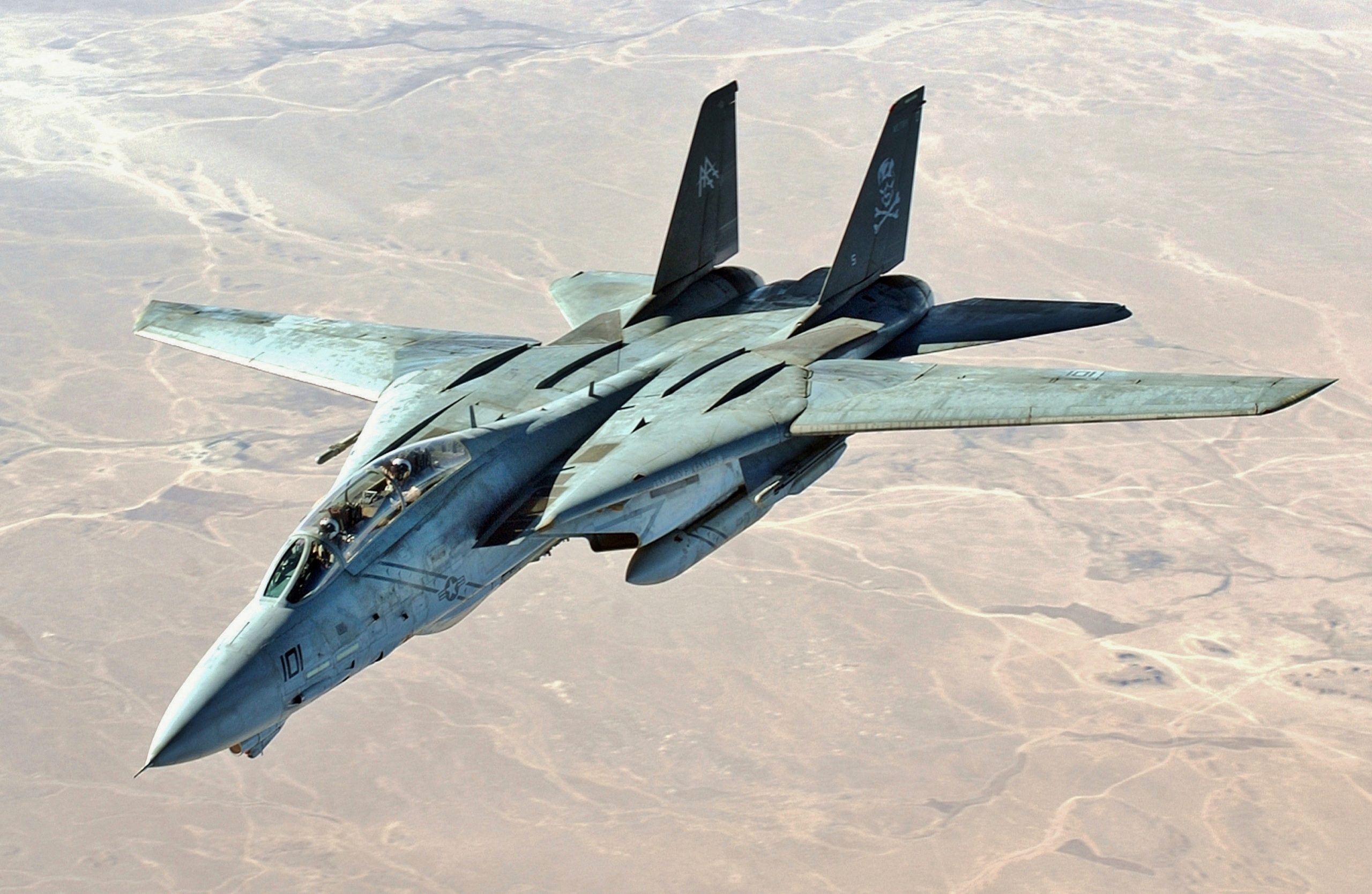
It promised increased fuel capacity, an active electronically scanned array radar, better maneuverability, sustained speed, and a host of other improvements.
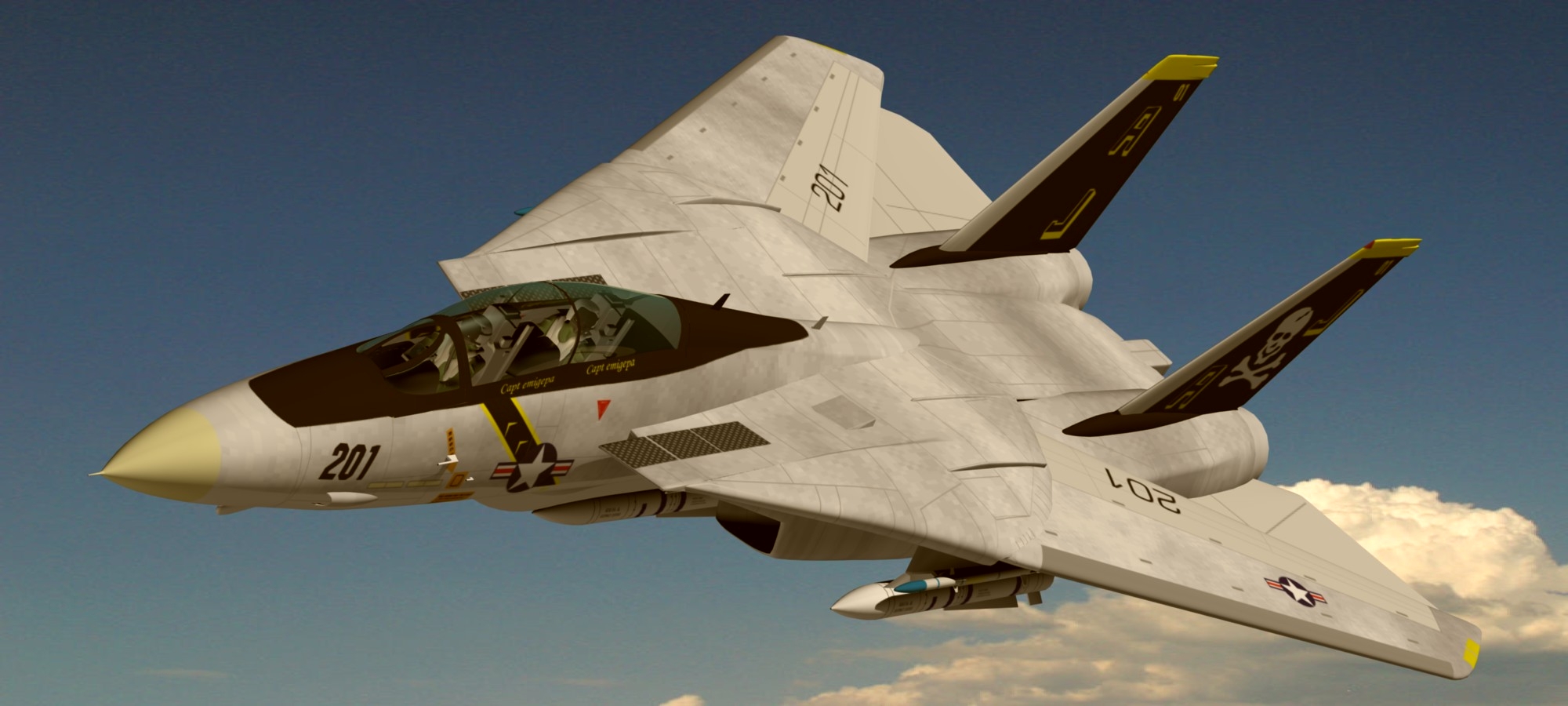
Former U.S. Navy test pilot, Kevin Mason, a TOPGUN graduate, was quoted saying, “The F-14D yes, it would in every area except reliability and turn performance… but to truly understand what could have been you need to look at the Super Tomcat 21.”
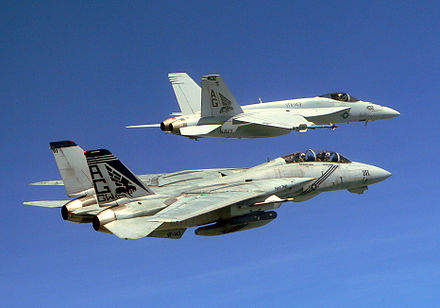
But realities of the post-Cold War era led to the dismissal of the Super Tomcat 21 in favor of other systems like the F/A-18E/F Super Hornet.
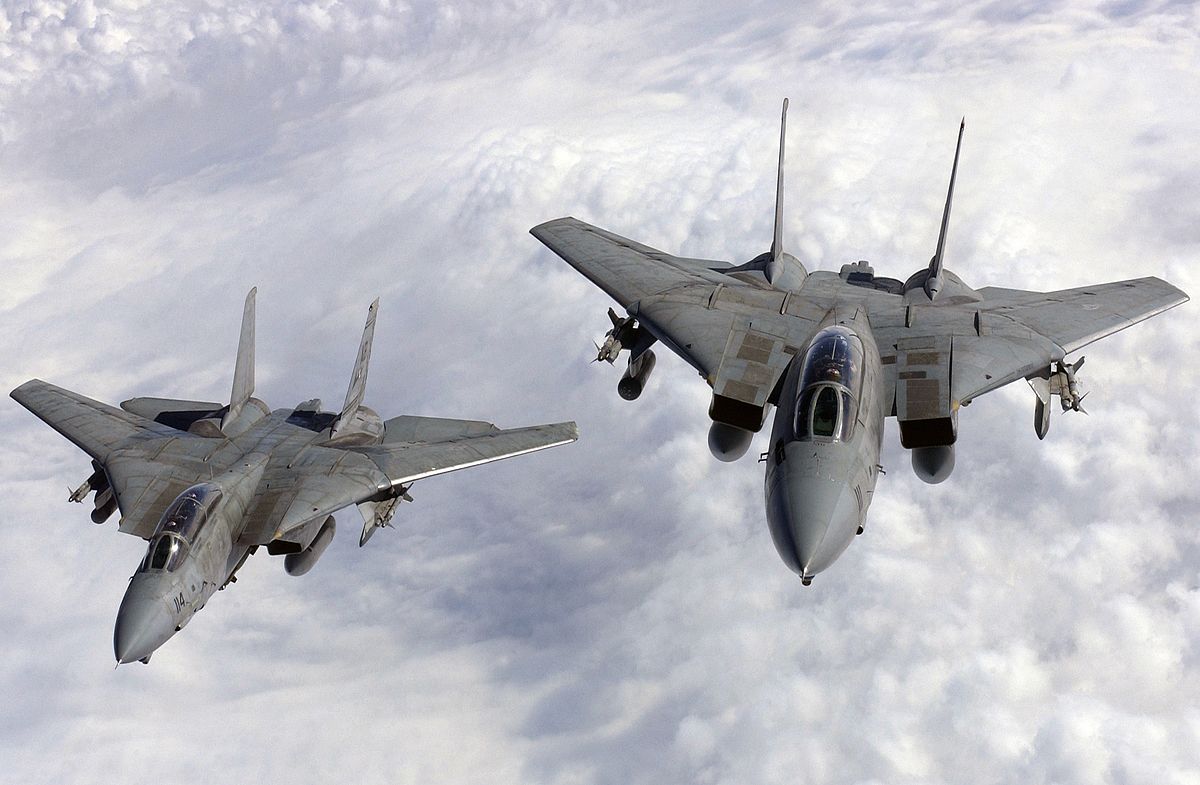
Mason also proposed that the ST21 could have been a thorough overhaul of the original design, incorporating contemporary technologies such as fly-by-wire controls.
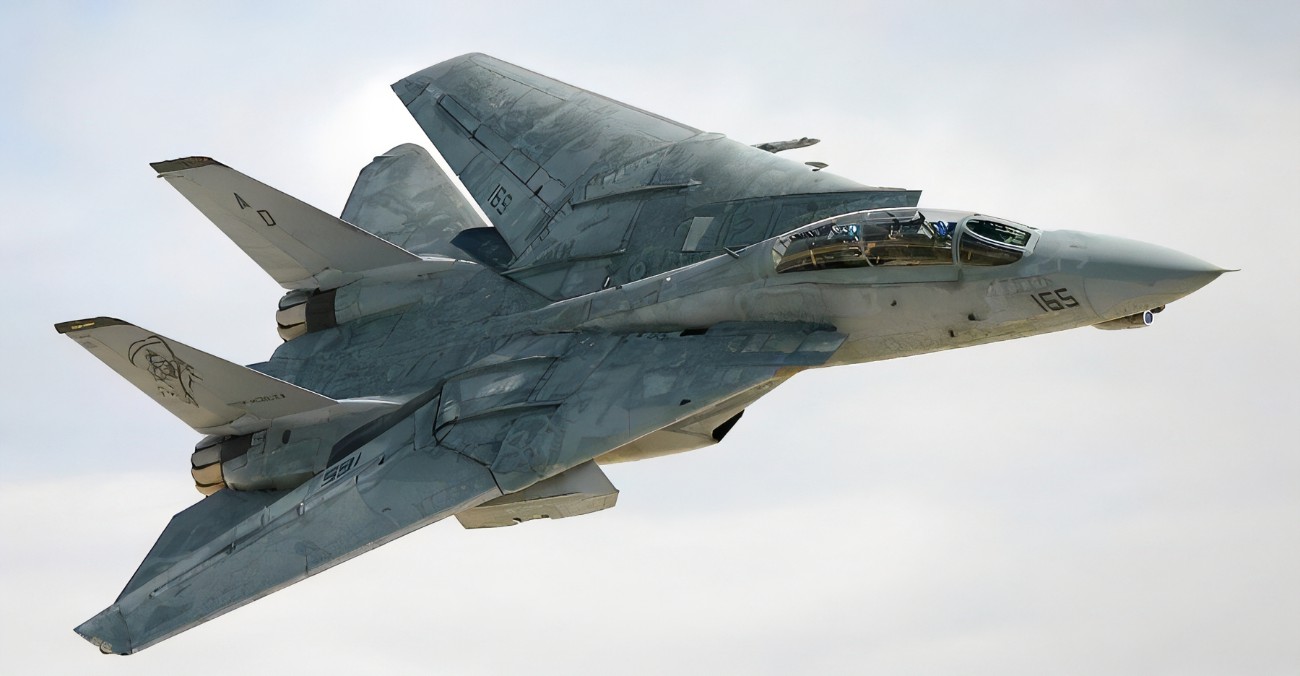
Regrettably, this vision did not come to fruition. The venerable cat did not receive a new lease on life.
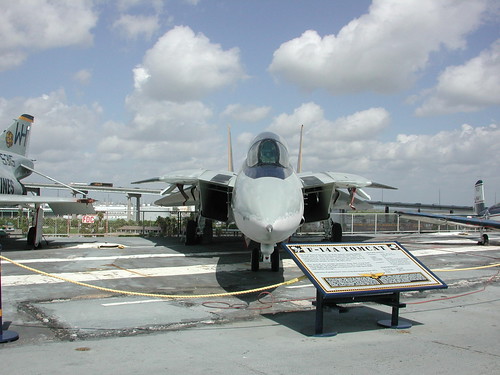
Instead, the Navy opted to fulfill the fighter/attack aircraft role with the F/A-18E/F Super Hornet, leading to the retirement of the F-14 Tomcat on September 22, 2006.
Relevant articles:
– The Navy Needs a New F-14 Tomcat, The National Interest
– Super Tomcat 21: The Plan to Build a ‘Super’ F-14 Tomcat Failed, The National Interest
– Super Tomcat 21: The Navy’s Plan for an F-14 Tomcat on Steroids, 19FortyFive
– Super Tomcat 21: The Plan to Build a ‘Super’ F-14 Tomcat Failed, The National Interest
